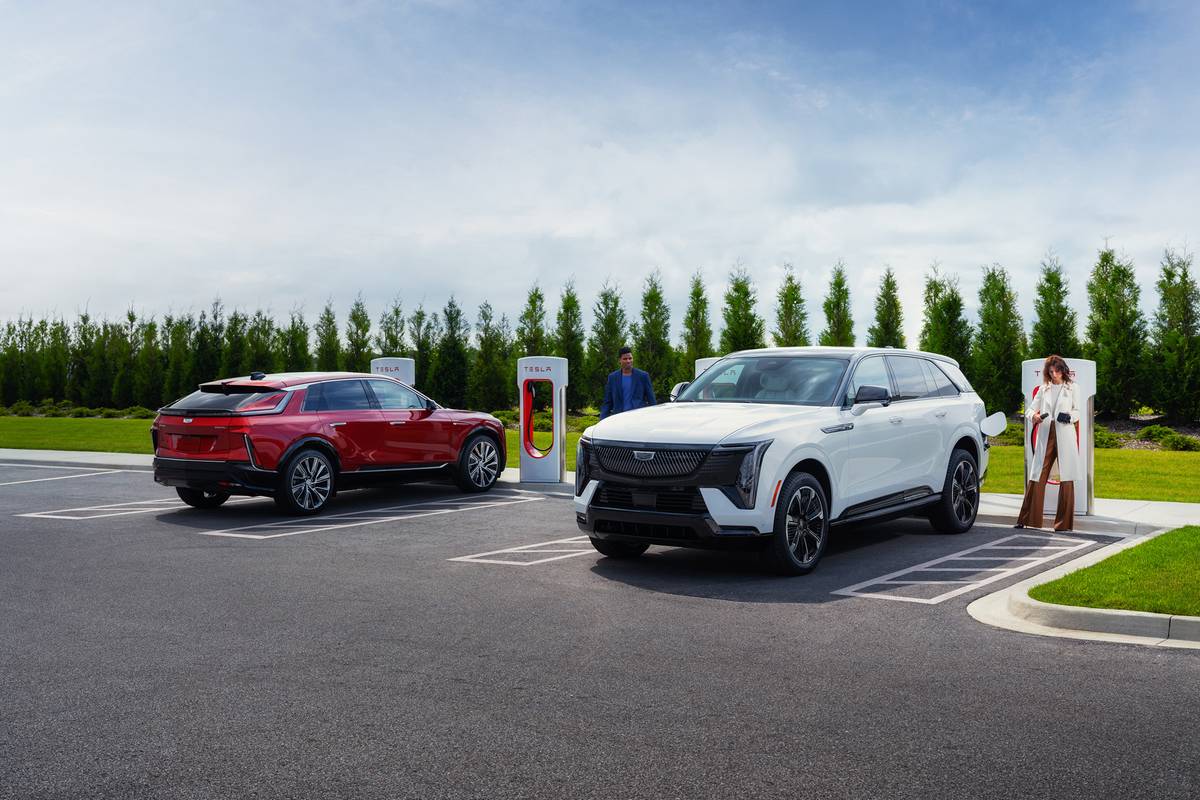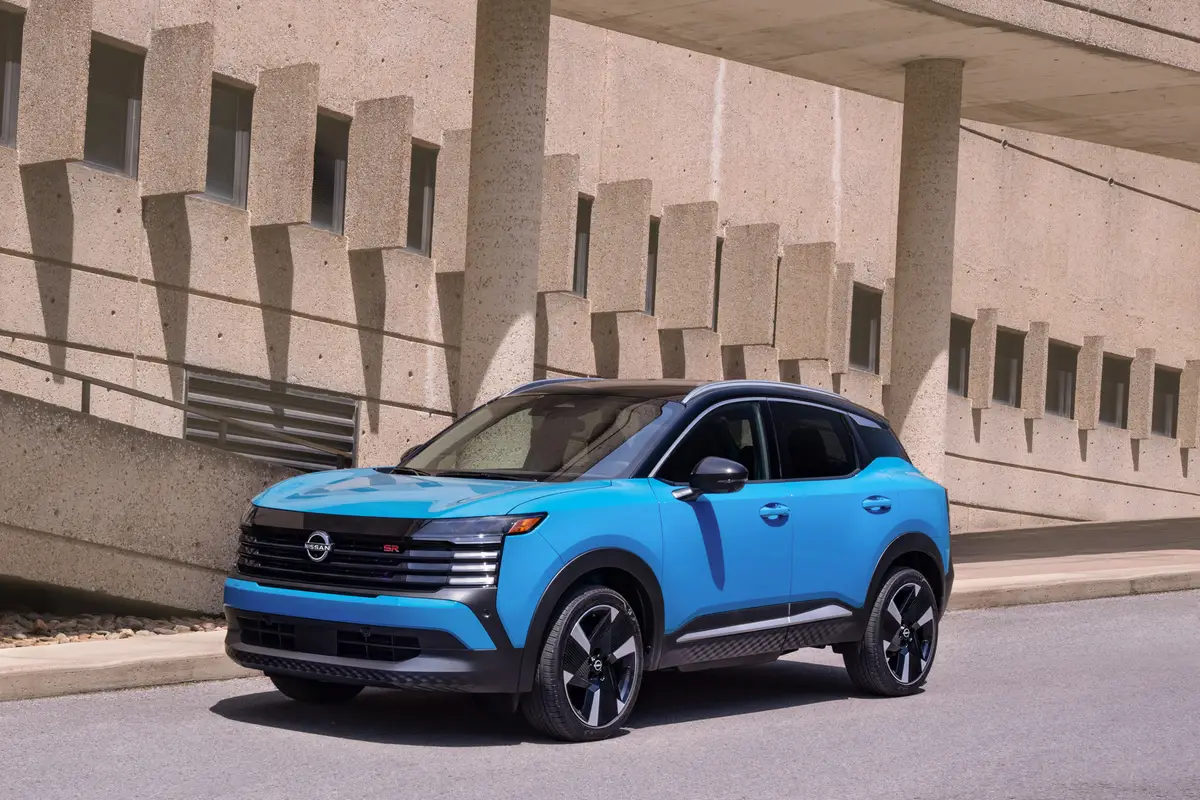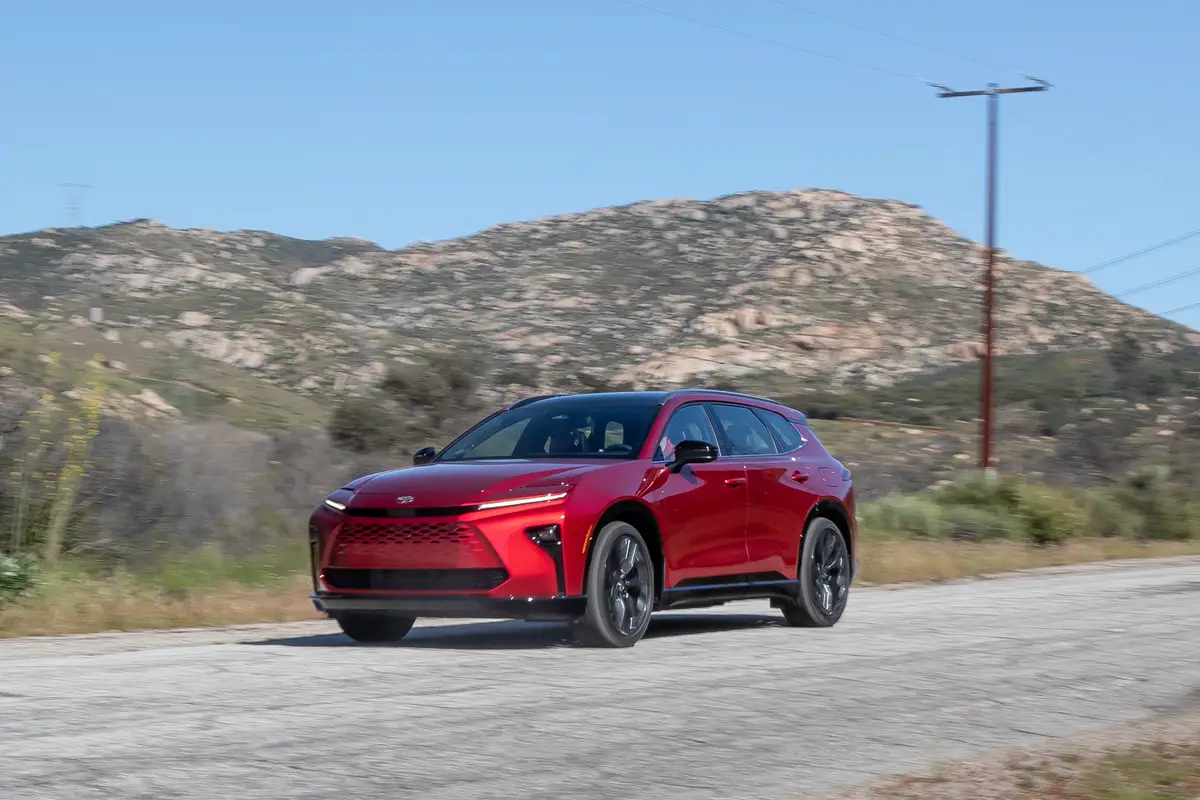Cincinnati.com's view
No doubt about it – Acura’s new 2002 RSX sports coupe is worth all the buzz it has generated among enthusiasts panting for its release. It’s something special, enough to banish the memory of its predecessor, Integra, retired after a successful 8-year run. Let the waiting list begin.
The one Honda furnished for this test was a Type S, the more intense of the two series offered. The standard version of the RSX, which like its over-achiever sib, is made only in the two-door hatchback configuration, would be plenty for most people, and, at a base price $2,000-plus less than the Type S, will probably outsell it by a heavy margin. One doesn’t lose that much by opting for the less-expensive rendition and in my opinion, it would be much easier to live with.
The standard RSX has essentially the same engine as its sportier twin, a 2-liter, all-aluminum, 16-valve Honda mill of the VTEC sort, that being the parent company’s designation for its variable camshaft trickery.
This one is the first to be known as an i-VTEC, the “i” standing for intelligent. What it really means is that valve timing and lift are varied continuously – as opposed to the older, stepwise design – throughout the engine’s range to afford maximal power output and fuel efficiency with minimal emissions. Reconciling those inherently discordant goals is a Honda specialty.
The RSX’s engine qualifies as a low-emission powerplant, and in its lesser state of tune, applying the VTEC wizardry only to the intake side, cranks out 160 hp at 6,500 rpm, a hefty number for a normally-aspirated 2-liter. And it does it on regular gas.
As if that isn’t impressive enough, the Type S formulation applies VTEChnology to both intake and exhaust valves, and boosts the compression ratio from 9.8:1 to 11:1 for a nice bump to 200 hp (@7,400 rpm). Needless to say, that one insists on 91-octane gas.
One could get that kind of output with a turbocharger, but what’s cool about the VTEC’s mechanical approach is that the engine exhibits several different personalities, depending on driver input.
I found that it could trudge along at less than 2,000 rpm without complaint, and even with a decent amount of pulling power. Of course it became much more energetic at 4,000 and above, and there was a distinct leap to a new plateau of power right past 6,000, at which point the feral scream started to resemble that of Honda’s Formula One racers. From that point, it just begged to be run to the 7,900-rpm redline for the aural thrill, if nothing else.
For ordinary slogging, 3,000 or so seemed a good compromise, and it was easy to dial in a tachometer number with the six-speed manual transmission exclusive to the Type S. (The base series can be had with a 5-speed manual or 5-speed SportShift automatic.)
The Type S transmission is just splendid, with short throws and unerring accuracy. I never missed a shift up or down, even in very intense work. The ratios are close enough that even the sometimes problematic 2-1 downshift, invoked on a sharp hairpin curve, was effected smoothly. Both 5th and 6th gears are overdrive ratios. Final drive ratio is low enough that even sixth yields but 22 mph per 1,000 engine revolutions and fifth, 17 mph/1,000. I would be very generous in terms of oil changes with such a spinner.
It’s worth noting that the torque output of the two engines, the really more meaningful datum in terms of daily driving, is nearly identical. The Type S edges the stock motor by one foot-pound, making 142 (@6,000 rpm). The base engine achieves its torque peak at just 4,000. My guess would be that the base model could achieve 0-60 times in the mid-7-second range. The Type S, shifted around 7,000, did the trick in a tick over 6 – quite creditable, given the price and fuel economy.
EPA estimates for the Type S are 24 mpg city, 31 highway. Before looking up those numbers, I had to double-check my log when it suggested an overall consumption of 27.2 mp espite my fondness for playing tag with the redline.
The Type S handled superbly for a front-wheel-drive machine. There wasn’t a hint of torque steer, even when I smoked the front tires with a power dump, and body lean was nearly non-existent in anything short of suicidal cornering. The RSX ate corners of the ordinary sort with the aplomb usually associated with all-wheel-drive machines. The RSX has neither traction control nor stability control, the Coming Thing, probably so as not to cannibalize sales from Acura’s more upscale models.
There’s a price to be paid in this price class for the Type S’s athletic ability, however, and it’s a rather stiff one, in terms of ride quality. There is very little “give” in the springs and shocks (MacPherson struts up front, actually), and though they do a good job of buffing the edges off of harshness, they still transmit every nuance of road imperfections to the cabin. Even freeway expansion joints became annoying after a short while, and that on a very hot day, when the joints presumably had expanded. My usual rough-road traverse became an exercise in jostling.
The RSX has ventilated discs up front, solid discs aft. On the base model, the fronts are 10.3 inches in diameter. On the Type S, they are bulked to a racer-like 11.8, and they produced the dramatic deceleration the numbers would suggest. Antilock is standard, along with front and side air bags for driver and navigator.
In exterior styling, the best that can be said for the RSX is that it’s stealthy, not likely to attract official notice unless you go blowing by with the engine singing fortissimo.
The interior is ergonomically sound, though somewhat underwhelming. No wood here, just touches of titanium or brushed pewter offsetting large expanses of textured vinyl and leather. This is, after all, the entry-level Acura.
The instruments, but four in number, are reasonably large and quite legible. The tachometer places 6,000 rpm at the noon position, which I can dig, but the speedo puts 110 mph there, which to me makes less sense than positioning the national speed limit there. Controls for air conditioning and radio are well situated, with a slight cant toward the driver and the secondary knobs and buttons are large enough for human hands.
On behalf of my fellow XXLs, I must raise the usual objection to the pitifully small arc through which the steering wheel tilts. Headroom, hip room and legroom were all quite sufficient. The power moonroof doesn’t tilt, and it slides over the top of the car. The dash is rather high, which means one will have to develop a sense of where the front end is – you sure can’t see it.
The Bose 7-speaker AM-FM-cassette-CD changer stereo had excellent clarity and fine overall sound quality. FM reception was hobbled by the in-glass antenna.
Neither the government nor the insurance folks have crashed-tested an RSX yet. Acura says internal testing suggests it will garner 5 stars in government frontal-impact tests, 4 for side impacts (on a 5-star scale), and a top rating from the Insurance Institute on its more demanding 40-mph offset frontal crash.
The tester came with an advisory that it was a pre-production prototype and that fit and finish would be better on market machines. To the folks in Saitama, Japan, who put it together, I’d say, “You’re there. Well done.”
The RSX Type S costs $23,170, quite well equipped. (Base series is $20,950.) The tester had no options, so, with freight, final cost was $23,650. Payments would be $479, assuming 20 percent down, 48 coupons and 10 percent financing. It’s a lot of car for the money. Acura projects the typical buyer will be a man 27 years old.
Latest news



